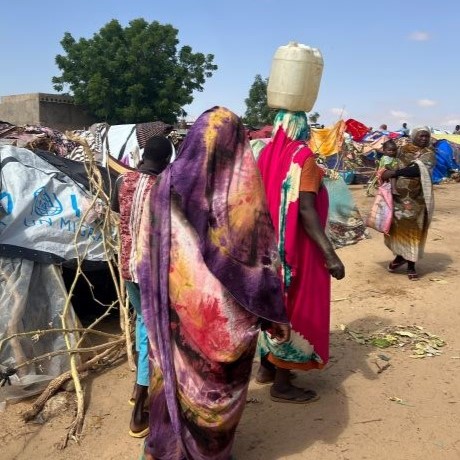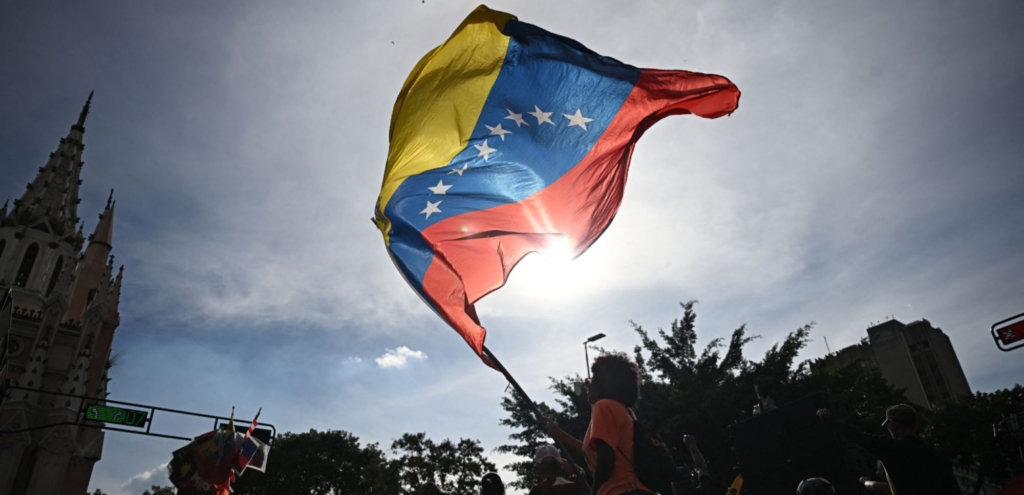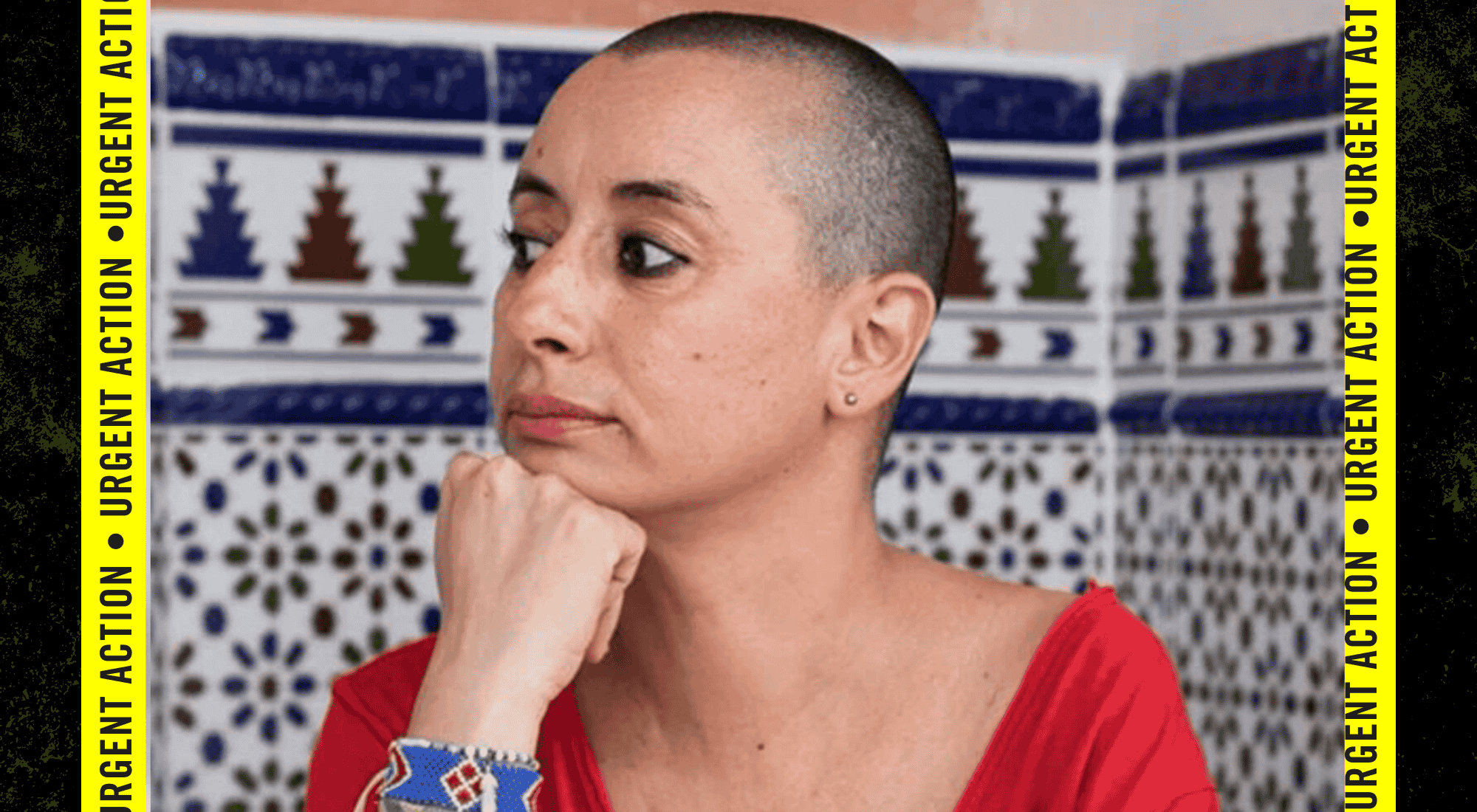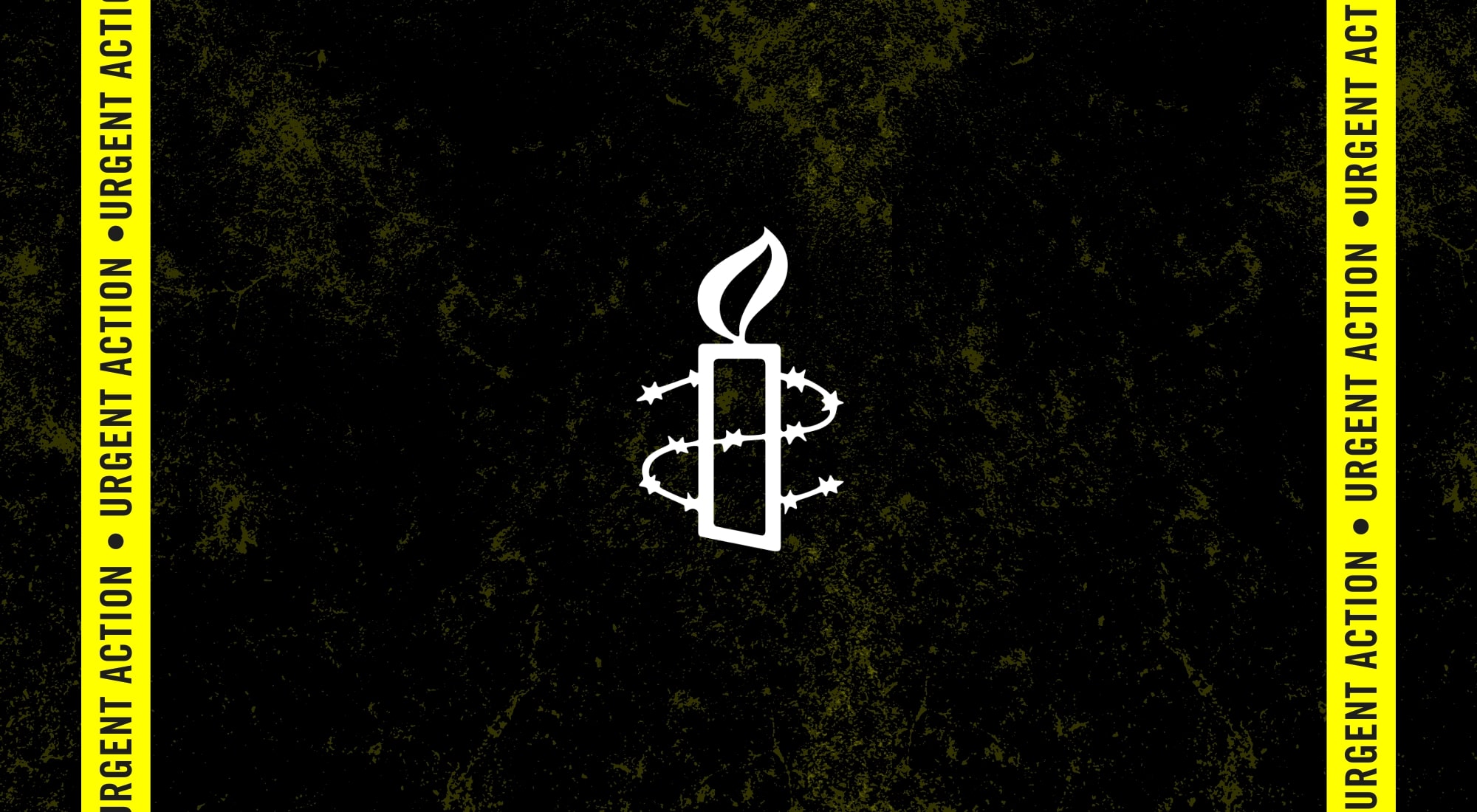In a decision released on February 26, federal Environment Minister Leona Aglukkaq rejected the proposed New Prosperity Gold-Copper Mine, stating that the significant environmental impacts of the proposed mine could not be justified.
,
| , | , |
| , | , “The Panel is convinced that the Tsilhqot’in cultural attachment to Fish Lake (Teztan Biny) and the Nabas areas is so profound that they cannot reasonably be expected to accept the conversion of that area into the proposed New Prosperity mine.” |
| , | , -Federal Environmental Review Panel |
,
The Tsilhqot’in people have consistently opposed plans to mine near Teztan Biny or Fish Lake which is part of their traditional territory in central British Columbia.
,
The federal government’s decision to reject the mine follows a report released on October 31 in which the federal panel appointed to carry out an environmental impact assessment of the proposed mine concluded that it would have “severe” impacts on the Tsilhqot’in and “significant” long-term, and irreversible impacts on water quality in Teztan Biny, on fish habitat, and on wetlands ecosystems.
,
Because this area is so vital to the Tsilhqot’in, the review panel determined that the environmental impacts would cause “high magnitude, “long-term” and “irreversible” harm to “the Tsilhqot’in. This harm would include denying them use of an area vital for “traditional activities, cultural and spiritual practices, intergenerational transfer of culture and knowledge, and traditional values.”
,
The panel also concluded that approval of the mine would be harmful to the longstanding need to resolve Indigenous land claims in areas affected by the mine.
,
The proposed New Prosperity Gold-Copper Mine and its operations would affect a substantial portion of the Teztan’Yeqox (Fish Creek) watershed, including Teztan Biny, with Y’anah Biny (Little Fish Lake) and much of the Nabas meadows region being buried under a 12km2 tailings pond.
,
As proposed, the mine pit itself could reach a diameter of up to 1.6 km. The mine would be surrounded by an exclusion area of almost 30 km2, off-limits to anyone not involved with the mine.
,
These lands are part of the traditional territory of the Tsilhqot’in people and have a unique, continued importance to their lives and culture. As the environmental review panel heard from a wide range of witnesses, the area supports a great diversity of plant and animal life central to the subsistence and ceremonial life of the Tsilhqot’in. It is also one of the few remaining environmentally pristine areas in the region that is easily accessible to elders and youth.
,
The independent review panel concluded that the harmful impacts of the project would include:
,
• “significant adverse environmental effect on water quality in Fish Lake (Teztan Biny)”
,
• “significant adverse effect on fish and fish habitat”
,
• “high-magnitude” and “regional” impacts on sensitive wetlands ecosystems that would “extend into the far-future”
,
• disturbance to Tsilhqot’in burial and cremation sites
,
• preventing the Tsilhqot’in hunting and trapping in the area “for decades.”
,
The review panel determined that the impacts on the environment would be “so substantial” – even taking into account the mitigation measures promised by the mine company – that the consequences for “the Tsilhqot’in’s ability to use the area for traditional activities, cultural and spiritual practices, intergenerational transfer of culture and knowledge, and traditional values” would be “high magnitude, “long-term” and “irreversible.”
,
The panel also found that the project would interfere with the Aboriginal rights of the neighbouring Esk’etemc and the Stswecem’c Xgat’tem peoples whose lands would be crossed by new powerlines to service the mine.
,
In addition, the panel found that the mine development would “interfere significantly” with the settlement of outstanding Aboriginal title claims.
,
The panel also concluded that the project would have a negative impact on the efforts that are underway by First Nations to develop alternative forms of income based on tourism which the panel said “could provide Aboriginal people with socio-economic benefits for generations in a manner that allowed for the maintenance of their traditional lifestyle.”
,
A nearly identical mine proposal was previously rejected by the federal government on the basis of a negative environmental impact assessment.
,
Canadian law, including the Canadian Constitution, recognizes that the Indigenous peoples have inherent rights to their traditional lands and territories. In an important court victory, the Tsilhqot’in have already established ongoing rights to use their traditional territory for activities such as hunting, trapping and the management of wild horses. What remains unresolved in Canadian courts is the extent to which the Tsilhqot’in have an ongoing right to control how their territory is used. The Supreme Court is currently considering a landmark case concerning Tsilhqot’in ownership of a large portion of their traditional territory bordering on the proposed mine site.
,
Amnesty International obtained standing in the New Prosperity mine hearings in order to urge the Panel to use international human rights standards, such as the United Nations Declaration on the Rights of Indigenous Peoples, in assessing the seriousness of the risks posed by the project. Amnesty International welcomes the Panel’s conclusion that the interconnection of Canadian Constitutional protections for Indigenous rights and international human rights law is “particularly relevant” to assessing the project’s impacts on Aboriginal rights. The report summarizes Amnesty’s concerns in this way:
,
“Amnesty International stated that while human rights are rarely absolute, a very high and strict standard of precaution is always required in any decision that has the potential to infringe, limit or undermine human rights. Amnesty International submitted that this was especially true in any context where: a particular group such as indigenous nations had already been marginalized, impoverished or disadvantaged by the historic violation of their human rights; or ongoing serious human rights violations such as the denial of their land rights have yet to be addressed and where systemic discrimination continues to bar families and communities from enjoying a standard of living and quality of life comparable to other communities around them.
,
Amnesty International, like the Tsilhqot’in, underlined that free, prior and informed consent in international law was not a veto. Amnesty International submitted that free, prior and inform consent as it is understood and has been applied in international law, is consistent with the leading Delgamuukw and Haida Nation Supreme Court of Canada decisions which identify consent as being within the spectrum of substantial accommodation required by the constitutional protection of Aboriginal rights. Amnesty International also noted that the Haida Nation decision affirmed the words of the Delgamuukw decision, which recognized that the consent of Aboriginal peoples was a valid, and often necessary, form of accommodation on very serious issues.”
,
The panel report
,
Canada’s official decision
,
Response by the Tsilhqot’in National Government
,
Read Amnesty International’s submission to the New Prosperity Mine Review





















